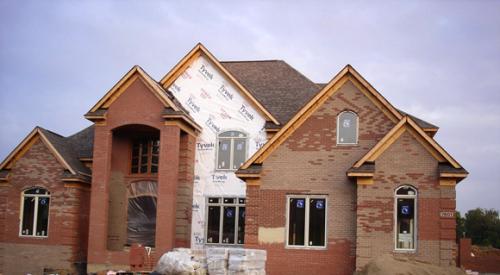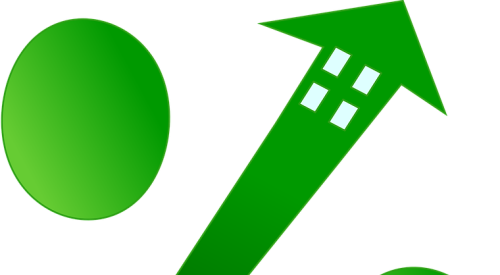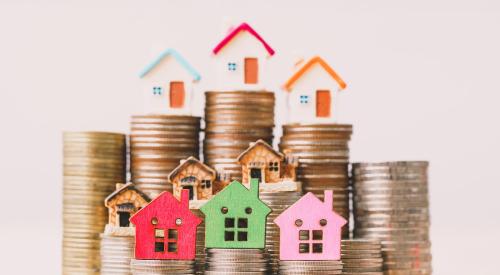The U.S. economy’s rebound has proved to be confusing, to say the least. High unemployment meets businesses unable to find workers, prices are up for some goods but others remain stable, supply chain issues affect builders, automakers, and more. The New York Times says indicators for economic improvement are giving off contrasting signs, though policymakers believe the confusion will soon end. These policymakers see confusion between supply and demand resulting from fast changes within the economy. Example A: consumers receiving stimulus cash are revving up to get back into a post-pandemic world, yet businesses are in no place to meet this demand.
Once companies have had a chance to bring on workers and restock shelves — and people have begun to catch up on long-delayed hair appointments and family vacations — economic data should begin to return to normal.
But no one knows for sure. It is possible that the pandemic changed the economy in ways that aren’t yet fully understood, or that short-term disruptions could have long-lasting ripple effects. Some prominent economists are publicly fretting that today’s price increases could set the stage for faster inflation down the road. Historical analogues such as the postwar boom of the 1950s or the “stagflation” era of the 1970s provide at best limited insight into the present moment.
“We can’t dismiss anything at this point because there’s no precedent for any of this,” said Ian Shepherdson, chief economist at Pantheon Macroeconomics, a forecasting firm.












